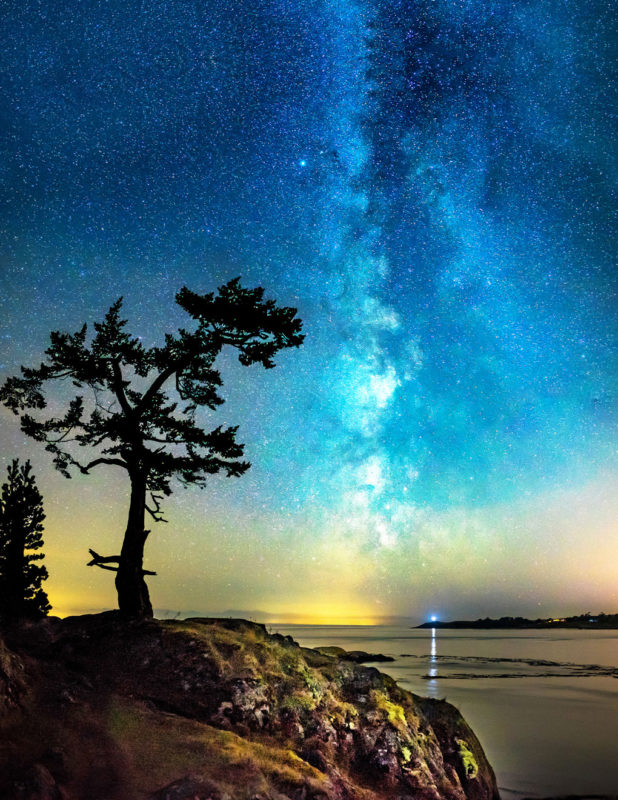By K. Andrew Turner
Little rivers started forming first. We didn’t know where they came from, but they started showing up everywhere. And in the strangest places. Mrs. Belfre discovered one on 7th and Main that started at the top of the Geller building.
Yes. The top. And the river just flowed down the side of the building and into the street where it disappeared near John’s Bodega. You could follow the flow and then, boom, it was gone. We weren’t sure, at first, that it was real. But people got wet. Like Mrs. Belfre.
Rivers would move and change, with seeming no patterns. One minute you’d be on a freeway, cruising along; the next, you’re fording a white rapid with a bunch of other cars.
Or you’d be out shopping with grandma, and there’d be a waterfall in the deli department. The workers, of course, were used to these occurrences and no one would bat an eyelash.
After a few months of this, the rivers all vanished. All of them. Even the ones that we’d all known about before. The Nile? Gone the week before Christmas. The Amazon? Well, that one took us all by surprise: St. Patrick’s Day.
That set a right panic in the governments. No rivers, no water. Well, we still had lakes, and they still seemed to have water in them (probably because they were sleeping the whole time, not running around as a river does), but the rivers were all gone. Mississippi had an identity crisis and so did Missouri.
People took to the streets to protest the government, demanding the return of all the rivers. Crucial to trade and jobs (and well, living, of course), but the governments had no clue at all why the water had just come and gone. There was no rhyme nor reason.
After a few very dry and thirsty months, the water came back, slowly. Rivers returned, one by one, as if sheepish that they’d gone in the first place. But, hey, maybe waterways needed a vacation now and then. Maybe they got jealous of the rivers in California that had time off in the summer to go hang at the beach or climb mountains.
The first one back was the Danube, and that was a relief to the Europeans. Then they all came back over the month as if they’d all had a nice time away on holiday. The water flowed differently than before, it seemed, and the color was different. Some had dark and still water and now they babbled or were clear. Others like the Nile seemed to have straightened out their acts. Some changed for the worse, some for the better. And it seemed like the rivers had all been mixed up and drew lots on where to return.
California rivers stopped being dry, whereas rivers in Russia seemed to follow the patterns of rain in Utah. It was all very bizarre for a few weeks as scientists flew to draw samples and figure out what had happened.
Still, it was a nice change, for the rivers, we think. And shouldn’t they have the chance at a change in scenery?
Occasionally, a river will disappear and reappear somewhere else. Sometimes a new one will start up out of nowhere and, still, some just get up and wander off (which is a strange sight to see—all that water, standing up, brushing off its legs and simply trotting off someplace else, fish and all, and plopping itself in a new place).
Some wonder if the mountains had anything to do with it (those shifty creatures can be a pain sometimes). But who can say? Rivers are rivers after all.
Copyright 2023 Turner
